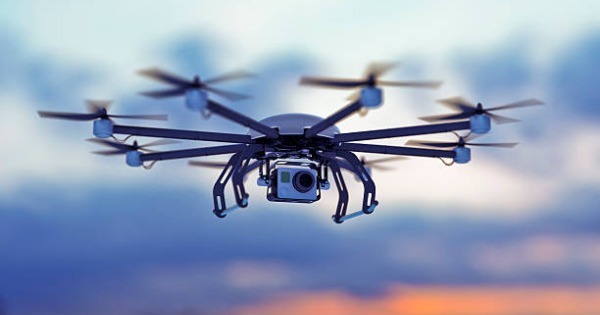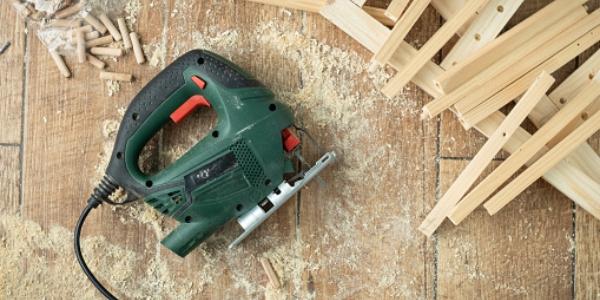How Drones Make Jobsites Safer

By Trent Cotney, Cotney Attorneys & Consultants.
Jobsites are becoming much safer these days as project managers, inspectors and surveyors are turning more and more to drone technology.
As we all know, construction work can be dangerous and today, we are also dealing with a contagious global pandemic, so the fewer people on a worksite, the better.
Using drones from remote sites makes job sites safer for everyone.
Drone software allows site managers to inspect and maintain everything from infrastructure to employees following safety protocols, bridges and roads. It can help discover issues early.
Every day, contractors find new ways to put drones to work on multiple job sites to capture video and images. It is essential to understand the information being captured to make it a worthwhile endeavor.
Contractors can collaborate with technology partners to devise drone programs that will most benefit the company and the project.
Use them to increase safety, monitor all materials and equipment, check work progress and gain insights through analytics collected to make informed decisions.
Ways drones make jobsites safer
Theft deterrent
Drones can be flown over job sites day and night to monitor equipment and materials storage. Each year, up to $1 billion in materials and equipment gets stolen from worksites. Drones can help determine if anything has gone missing. In addition, they can cover areas that are not within camera range.
Drones can be equipped with infrared, motion sensors or night vision cameras to help deter theft. An operator can monitor a drone remotely and listen for alerts if unauthorized persons are detected on a site.
Measure material stockpiles
Drones can calculate stockpile volumes. The operator can pre-set parameters for monitoring and create 3D images to track volumes and usage so contractors can re-order materials using analytics and calculation functions.
Monitor progress onsite
Drones can come in very handy when it comes to monitoring work progress on a job site. Managers no longer have to be physically present in all instances, which can be especially useful in areas deemed hazardous. In addition, drone information can be used to create a 3D site model compared to initial models to ensure progress is on schedule.
Remotely survey and inspect
To inspect a site before and during construction, drones can eliminate the need for a surveyor to walk a site physically. This is especially helpful for large projects. Instead, surveyors can get the information they need from a remote site from the images and calculations they obtain from a drone.
Also, since job sites can be hazardous, this is another way to improve safety. Overhead images provided by a drone can show the locations of heavy equipment and zero in on potential hazards to reduce danger to the work crew.
Inspect concrete work and monitor sites
You can use drones to monitor and inspect concrete for roads, bridges and other infrastructure. Look for cracks and other deterioration using the drone. You will see things the inspector can’t necessarily see from ground level.
Overall, using a drone on the worksite can add safety for employees and monitor the site for potential theft, looking for areas that need repairs and monitoring your crew to ensure they are following all safety protocols.
Disclaimer: The information contained in this article is for general educational information only. This information does not constitute legal advice, is not intended to constitute legal advice, nor should it be relied upon as legal advice for your specific factual pattern or situation.
Trent Cotney is an advocate for the roofing industry, General Counsel of the National Roofing Contractors Association (NRCA) and several other industry associations. For more information, contact the author at 866.303.5868 or go to www.cotneycl.com.





















Comments
Leave a Reply
Have an account? Login to leave a comment!
Sign In